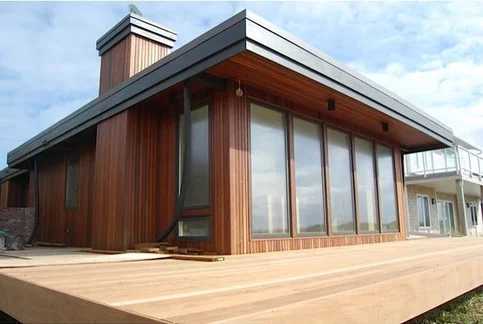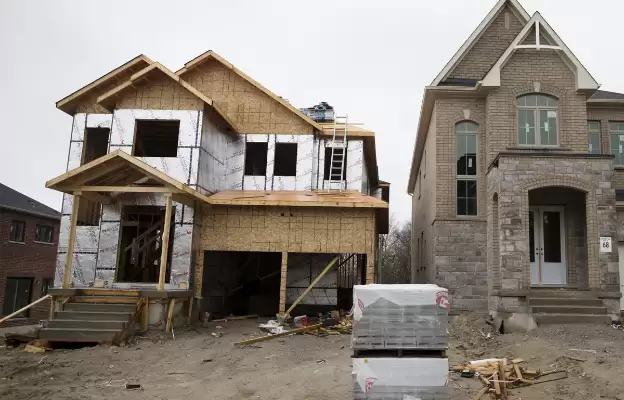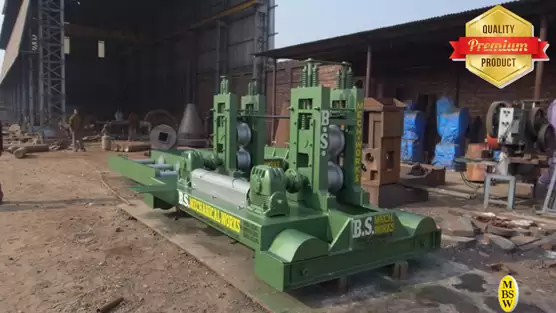Wood siding installation can transform the look of your home, giving it a graceful and structured warm charm. Unbelievably it’s hard to get a replicating look with any other material. However, like any other home improvement endeavour, it can be challenging. Typical issues may arise during wood siding installation, which can be a headache for contractors and homeowners. Let’s explore the wood troubleshooting tips to overcome these common issues. We’ll be covering everything from warping moisture issues to controlling pest infestations.
Pre-Installation Considerations
Before grabbing the hammer and slapping on the wood siding, pause thoughtfully and consider a few essential tips. First things first, you need to choose the right kind of wood siding for your project. Pine, spruce, cedar, and redwood are among the top options. While choosing between these, consider your climate, budget and the look you aim for. We recommend you to research wisely as this is the chance to make your home lively.
Choosing the right type of wood siding
First, you must choose the right wood siding for your project. Pine, spruce, cedar, and redwood are among the top options. While choosing between these, consider your climate, budget and the look you aim for. We recommend you research wisely as this is the chance to make your home lively.
Preparing the installation site
Now that your wood siding is ready, it’s time to prep the installation site. Before starting the installation, make sure the sheathing beneath the siding is in good condition. If you spot any rotten spot, fix it and ensure the surface is clean and smooth. By employing these tips, you can base a solid foundation for your siding and prevent future issues.
Properly acclimating the wood siding.
Wood takes time to adjust to its new surrounding. Yes, you heard that right! Wood is a natural material that can contract or expand due to moisture content. To prevent warping or buckling down of wood, acclimate it before siding. Stacking the boards in the installation area for a few days is advisable to adjust them to the room’s moisture. This might sound like an insignificant step, but it makes a big difference in the overall performance of your siding.
By employing these tips, you’re setting yourself up for a successful and neat wood siding installation. Choosing the right wood siding, preparing the installation site properly and allowing the wood to acclimate are worth paying extra attention to.

| Take the first step towards transforming your home’s exterior with Kubura Siding. Visit their website today to discuss your wood siding project and experience the expertise and craftsmanship that sets us apart. |
Common Challenges During Wood Siding Installation
Installing wood siding brings beauty and charm to your home but comes with challenges. But don’t worry; we have solutions for you. You might start facing the following common problems after installing wood siding; here are some practical ways to overcome them.
Warping and Cupping
Warping and cupping are common issues with wood siding where the boards become uneven and deformed. This problem can be easily countered by storing the wood properly and giving it enough time to adjust to the environment. If you have skipped this step and it’s too late, you still have a solution. Remove the affected board and let the surface dry properly. Once the sheets are dry, reinstall them with the proper spacing and use fasteners to make them even.
Moisture-related Issues
Who doesn’t know that wood and moisture don’t go well together? Excess moisture in the surrounding can cause wood siding to swell, warp or rot over time. You can prevent these issues by managing the moisture in the room.
So before you install the wood siding, check the site properly. Ensure waterproofing, water barrier and flashing around the windows and doors. In addition, you can choose to use a high-quality primer or paint made for wood siding to safeguard your wood siding.
If you encounter a moisture-related issue, find the source and fix it immediately. It could be a leaky gutter, poor ventilation or damaged caulk.
Gaps and Buckling
Gaps can occur due to improper installation leading to natural expansion. Buckling is often caused by poor fastening or exposure to excess moisture. If you encounter such issues, leave optimum space between the boards to account for wood movement. Use suitable fasteners like stainless steel nails; don’t drive them in wood too far. Remove the affected boards and adjust their placement if you spot gaps or buckling in your wood sidings.
Pest Infestations and Rot
Wood siding can become a target of pesky insects or rot-causing microorganisms if not protected adequately. Signs of pest infestations include wood dust, visible pests and small holes. Rot can be easily identified by discoloured, soft and crumbling wood.
Do not overlook the preventive measures to control this infestation. Treat your wood siding with appropriate preservatives or finishes before installation. You can avoid moisture build-up by providing good ventilation. No visible signs don’t always mean the problem will not knock on the door. Regularly inspect the sidings to look for signs of pests or decay and address the issues promptly.
If you encounter pests or rot, consult a professional exterminator or experienced contractor who can repair wood siding. They can recommend effective treatments or replacements to get rid of pests and restore the quality of your siding.
Nail Pops and Fastener Issues
Nail pops and fastener issues can be quite a headache. However, identifying the nail pops, removing the problematic nail, filing the hole and sanding the area can fix your issue. To prevent future nail pops, pre-drill new pilot holes before reattaching the siding. Use a drill a bit smaller than the diameter of the nails to relieve the pressure on the wood and allow for better-holding power.
Additional Tips for Successful Wood Siding Installation
So, We’ve explored the tips to tackle the everyday challenges of wood siding installation; there is still a way to go with additional tips for extra care. These tips may include employing proper caulking and sealing techniques, regularly inspecting for damages, and seeking professional help.
Conclusion
It’s for sure that wood siding installation brings a transformative and captivating look to your home, but it’s not always a smooth ride. A few commonly occurring challenges accompany your installation. However, you can easily overcome these challenges with the right knowledge and techniques and lay a solid foundation for a successful installation.








